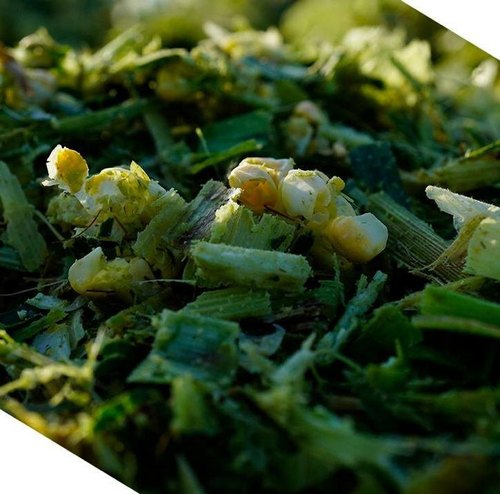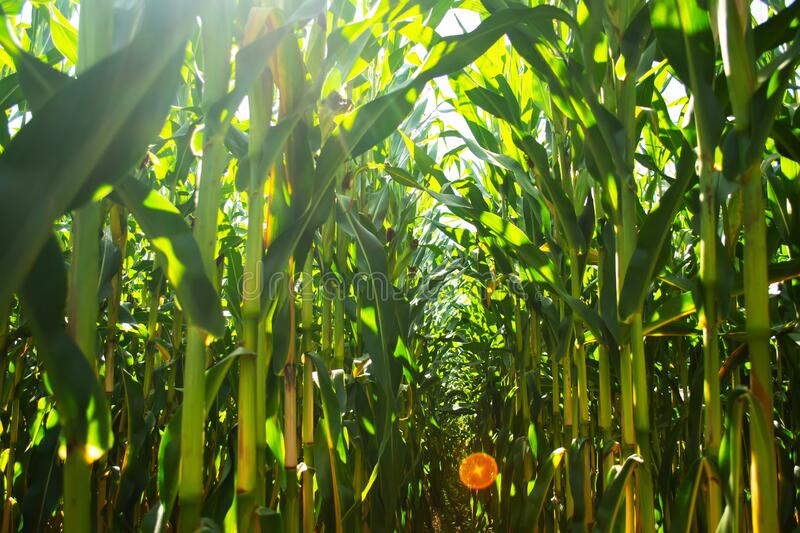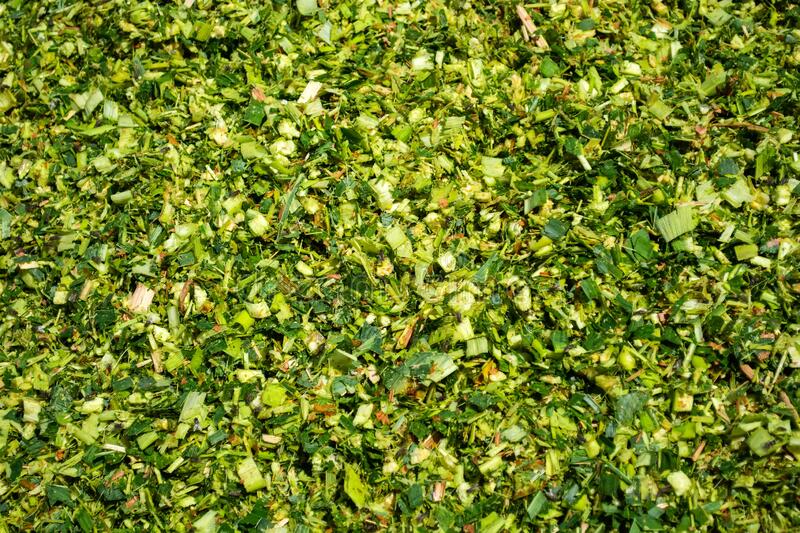Company Information
Ask for more detail from the seller
Contact SupplierMaize silage (Zea mays L.) is made out of whole ensiled maize plants. It is one of the most valuable forages for ruminant livestock and it is used wherever maize can grow, from temperate regions to the tropics. The popularity of maize silage is due to several factors. It is a consistent source of palatable and high-energy forage for all classes of ruminants, including dairy cattle, sheep and goats (Roth et al., 2001). It is one of the most high-yielding forage crops, requires less labour (since it is harvested in a single operation) and is generally less costly (per t DM) to produce than other forage crops (NASS, 2015; Arvalis, 2011; Roth et al., 2001). Maize silage is also a good way to secure the crops as it is possible to turn a maize grain crop damaged by frost, rain or drought into maize silage (Arvalis, 2011; Roth et al., 2001). Though relatively easy to produce, maize silage requires good crop and harvest management as well as careful ensiling practices (see Processes and Forage management below) (Arvalis, 2011).
Baby corn silage
Baby corn is a much appreciated vegetable that is increasingly consumed worldwide. Baby corn consists of immature cobs of maize plants harvested young, 2-3 days after silk emergence and before pollination. Baby corn can be obtained from the same hybrids as other maize crops, or from adapted hybrids that are shorter and develop several stalks (Indriani et al., 2015; Kaiser et al., 2011). Baby corn is a fast growing cash crop requiring only 55-60 days between planting and harvest (Srichana et al., 2014). Because it is harvested at an early stage of growth, the crop residues including stalks, leaves, husks and silk provide very good quality forage palatable to livestock (Indriani et al., 2015; Srichana et al., 2014). In the tropics, it can be grown all year round. In Thailand, baby corn production was over 276 000 t in 2013. As edible baby corn cob accounts for no more than 15% of the production, it can be assumed that the remaining 85% could provide more than 1 million t of forage (green matter) (Srichana et al., 2014). Baby corn forage can




